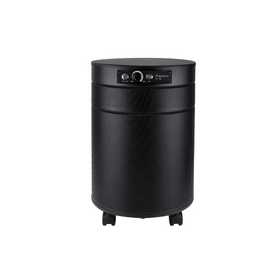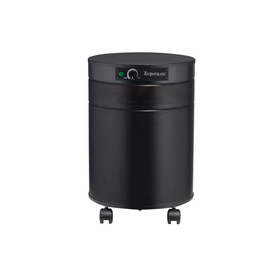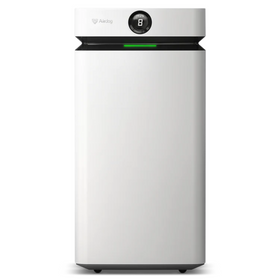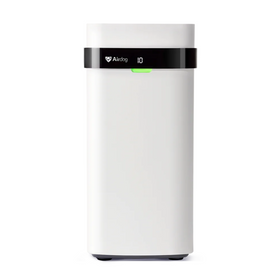Tobias Roberts

Whole Home Air Purifier
A whole-home air purifier works with your home's HVAC system to purify the air of bacteria, dust, mold, pollen, smoke, and odors either before it goes through the HVAC or after. A standard air purifier does not catch Volatile Organic Compounds (VOCs) or gasses. Some air purifiers on the market include carbon filtration, HEPA filtration, negative ionization, and ultraviolet (UV) light.
When shopping for whole-home air purifiers, be sure to look for one with a decent Clean-Air Delivery Rate (CADR). The CADR calculates the product's speed at cleaning the air of dust, pollen, smoke, and other contaminants. Also, look for a verified mark from the Association of Home Appliance Manufacturers (AHAM), which ensures a comparable standard of quality in-home care appliances. AHAM often takes into account an air purifier's CADR and room size guidelines. Finally, the only way to properly remove fine-particulate matter is to invest in an air purifier backed with HEPA filters. Consider also making sure that your air purifier's filter comes with a high MERV rating and allows adequate airflow to your HVAC system.
Some whole-home air purifiers can be considered more sustainable than other brands depending on energy usage and filter replacements. The primary purpose of a whole-home air purifier is to reduce the number of indoor contaminants is present in the air. This product itself does not improve sustainability.
The original HEPA filter was first used for the Manhattan Project in 1940 to prevent the spread of radioactive contaminants in the air. HEPA filters are still used in the nuclear industry today in combination with activated carbon filters.













